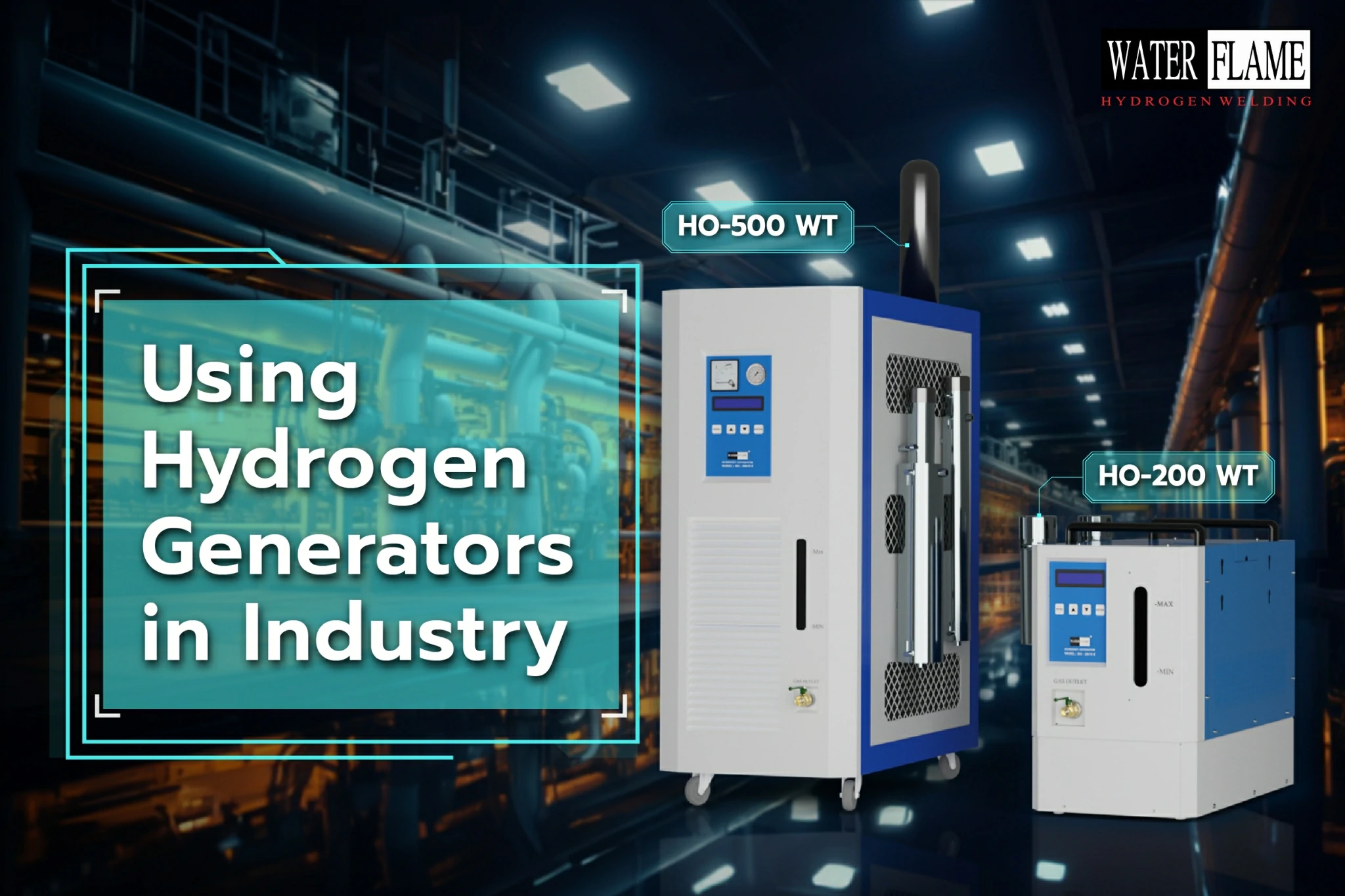ELECTROLYSIS

Electrolysis of water is electrolysis. which is the process of splitting the atoms of water An atom of water is made up of two parts hydrogen and one part oxygen. The separation is carried out by passing direct current into the water through the positive and negative terminals. Water must contain electrolytes. (electrolyte) that contains ions, such as salts or acids. The result will be oxygen and hydrogen gas.
Electrolysis , process by which electric current is passed through a substance to effect a chemical change. The chemical change is one in which the substance loses or gains an electron (oxidation or reduction).
The process is carried out in an electrolytic cell, an apparatus consisting of positive and negative electrodes held apart and dipped into a solution containing positively and negatively charged ions.
The substance to be transformed may form the electrode, may constitute the solution, or may be dissolved in the solution. Electric current (i.e., electrons) enters through the negatively charged electrode (cathode); components of the solution travel to this electrode, combine with the electrons, and are transformed (reduced). The products can be neutral elements or new molecules.
Components of the solution also travel to the other electrode (anode), give up their electrons, and are transformed (oxidized) to neutral elements or new molecules. If the substance to be transformed is the electrode, the reaction is often one in which the electrode dissolves by giving up electrons.

Electrolysis is used extensively in metallurgical processes, such as in extraction (electrowinning) or purification (electrorefining) of metals from ores or compounds and in deposition of metals from solution (electroplating).
Metallic sodium and chlorine gas are produced by the electrolysis of molten sodium chloride; electrolysis of an aqueous solution of sodium chloride yields sodium hydroxide and chlorine gas. Hydrogen and oxygen are produced by the electrolysis of water.
Electrolysis of water is electrolysis. which is the process of splitting the atoms of water An atom of water is made up of two parts hydrogen and one part oxygen. The separation is carried out by passing direct current into the water through the positive and negative terminals. Water must contain electrolytes. (electrolyte) that contains ions, such as salts or acids. The result will be oxygen and hydrogen gas.
Electrolysis, process by which electric current is passed through a substance to effect a chemical change. The chemical change is one in which the substance loses or gains an electron (oxidation or reduction). The process is carried out in an electrolytic cell, an apparatus consisting of positive and negative electrodes held apart and dipped into a solution containing positively and negatively charged ions.
The substance to be transformed may form the electrode, may constitute the solution, or may be dissolved in the solution. Electric current (i.e., electrons) enters through the negatively charged electrode (cathode); components of the solution travel to this electrode, combine with the electrons, and are transformed (reduced). The products can be neutral elements or new molecules. Components of the solution also travel to the other electrode (anode), give up their electrons, and are transformed (oxidized) to neutral elements or new molecules. If the substance to be transformed is the electrode, the reaction is often one in which the electrode dissolves by giving up electrons.

Electrolysis is used extensively in metallurgical processes, such as in extraction (electrowinning) or purification (electrorefining) of metals from ores or compounds and in deposition of metals from solution (electroplating). Metallic sodium and chlorine gas are produced by the electrolysis of molten sodium chloride; electrolysis of an aqueous solution of sodium chloride yields sodium hydroxide and chlorine gas. Hydrogen and oxygen are produced by the electrolysis of water.














